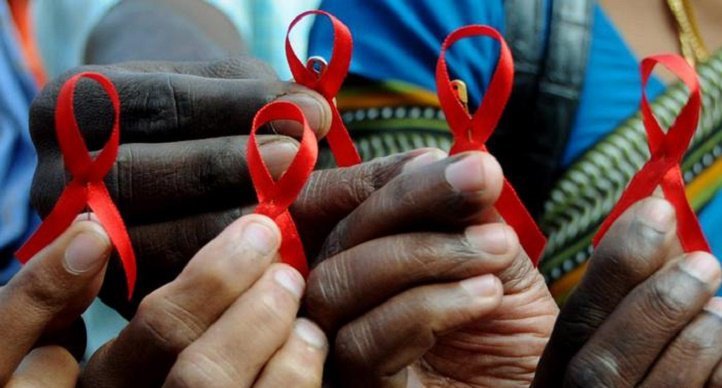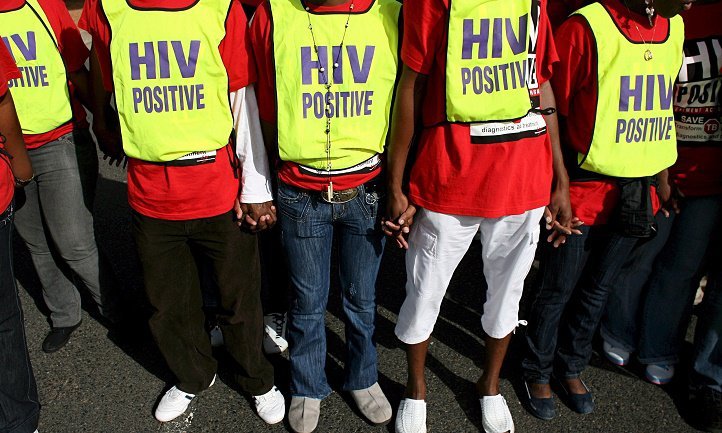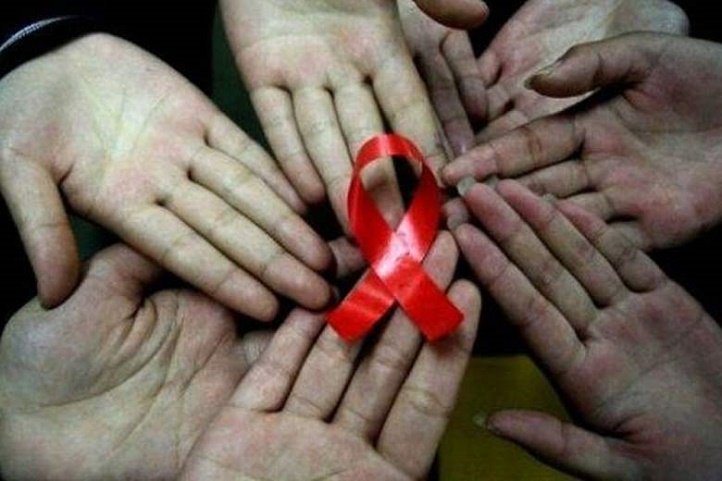The Joint United Nations Programme on HIV and AIDS, or UNAIDS, the main advocate for global action on the HIV/AIDS epidemic, has announced that its goal of treating 15 million people on life saving HIV treatment has been met nine months ahead of schedule.
It also reported that the world AIDS targets of Millennium Development Goal (MDG) 6 is on track to end the AIDS epidemic by 2030 as part of the Sustainable Development Goals. new HIV infections have fallen by 35 per cent and AIDS related deaths by 41 per cent.
“The world has delivered on halting and reversing the AIDS epidemic,” said Ban Ki-moon, secretary-general of the United Nations. “Now we must commit to ending the AIDS epidemic as part of the Sustainable Development Goals.”
A report by the Third International Conference on Financing for Development, released in Addis Ababa demonstrates that the response to HIV has been one of the smartest investments in global health and development, generating measurable results for people and economies.

Here are some of the high points of the report which aims for a world wide end to this epidemic :
- Between 2000 and 2014, new HIV infections dropped from 3.1 million to 2 million, a reduction of 35 per cent
- In 2014, 83 countries, which account for 83 per cent of AIDS affected population have played a key role in reducing HIV infection

- In Ethiopia, HIV infections dropped from 36,000 in 2000 to 4800 in 2014, 71 per cent reduction in AIDS-related deaths between the peak in 2005 and 2014
- Between 2000 and 2014, the percentage of pregnant women living with HIV with access to antiretroviral therapy rose to 73 per cent and new HIV infections among children dropped by 58 per cent
- In 2015, Cuba became the first country to be certified by the World Health Organization as having eliminated new HIV infections among children

- Prices of medicines for HIV decreased up to 99 per cent in 2014
- In 2014, 40 per cent of all people living with HIV had access to antiretroviral therapy, a 22-fold increase over the past 14 years, In sub-Saharan Africa, 10.7 million people had access, 6.5 million (61 per cent) of whom were women
- Since 2000, an estimated US$ 187 billion has been invested in the AIDS with the United States of America alone investing $59 billion
- Average life expectancy in Zimbabwe rose from 44 per cent in 2000 to 60 per cent in 2014
A man suffering from Tuberculosis (TB) waits for his free treatment outside a medical centre in Assam | Source: Reuters
- In Senegal, new HIV infections have declined by more than 87 per cent since 2000
- In Thailand, new HIV infections reduced by 71 per cent and AIDS-related deaths by 64 per cent
- In South Africa, average life expectancy increased from 51 per cent in 2005 to 61 per cent in 2014, a decline of 58 per cent in AIDS related deaths

A representational image | Source: Financial Express
- As Tuberculosis (TB) being the single biggest cause of death among HIV patients, TB deaths declined by 33 per cent in 2014 across the world
- In 2014, 92% of United Nations Member countries reported HIV data to UNAIDS which significantly helped in creating state-of-the-art epidemic monitoring, data collection and reporting to have a clear picture of HIV trends across the world
Since its discovery, AIDS has caused an estimated 36 million deaths worldwide making it one of the most deadly epidemics of the mankind. While scores of people around the world are coping with the disease, the UN AIDS report has livened hopes of millions to live an AIDS free life.
(With inputs from agencies)

















